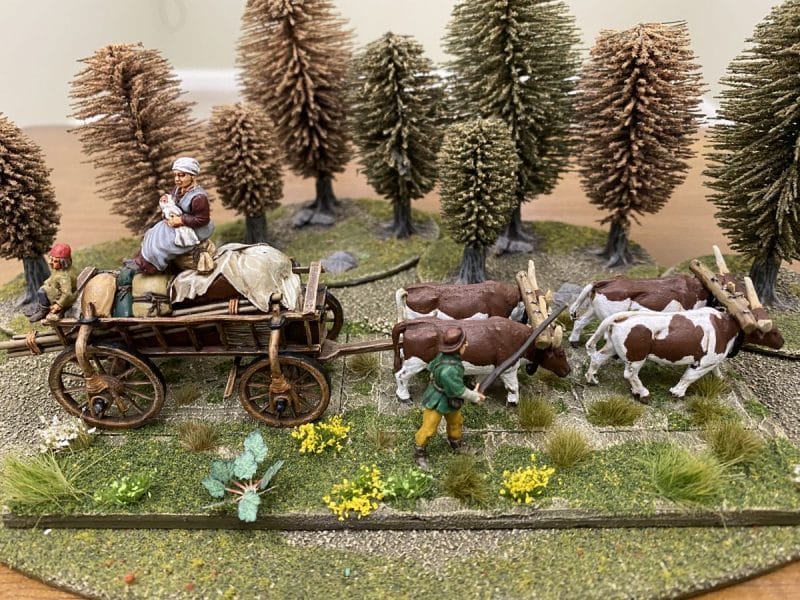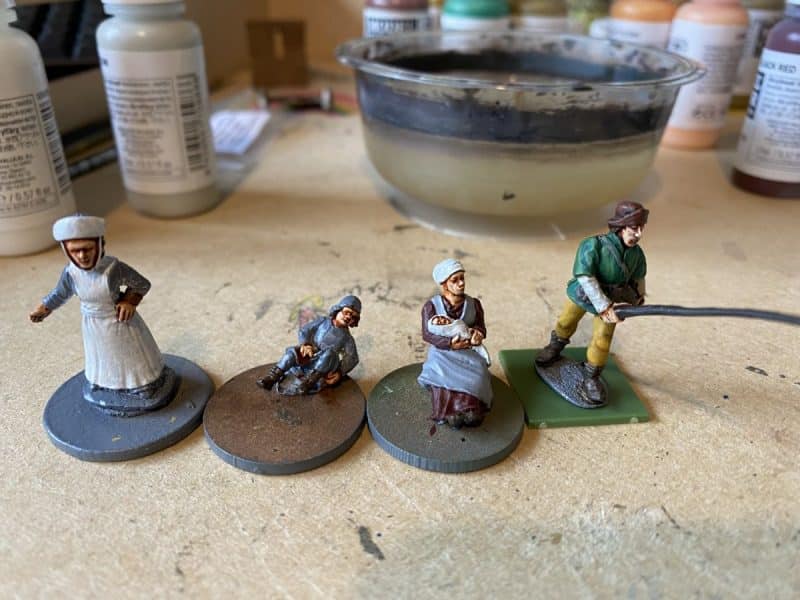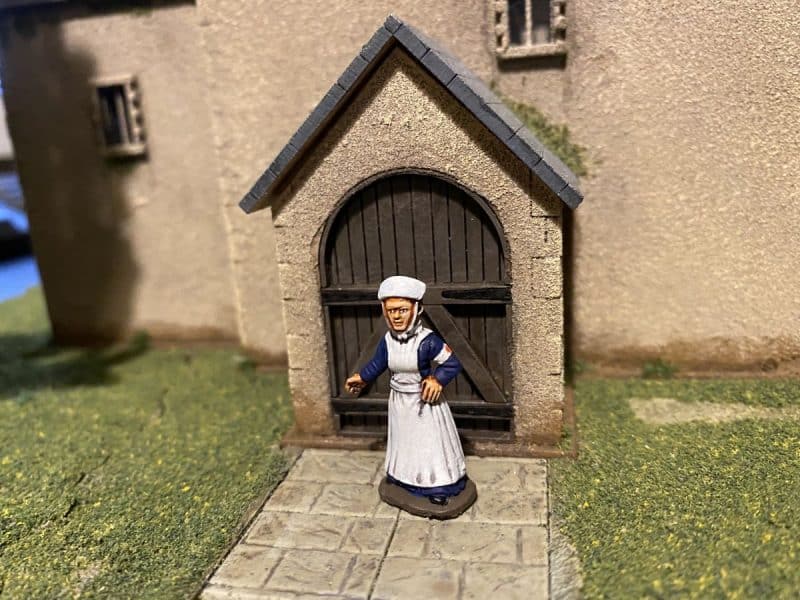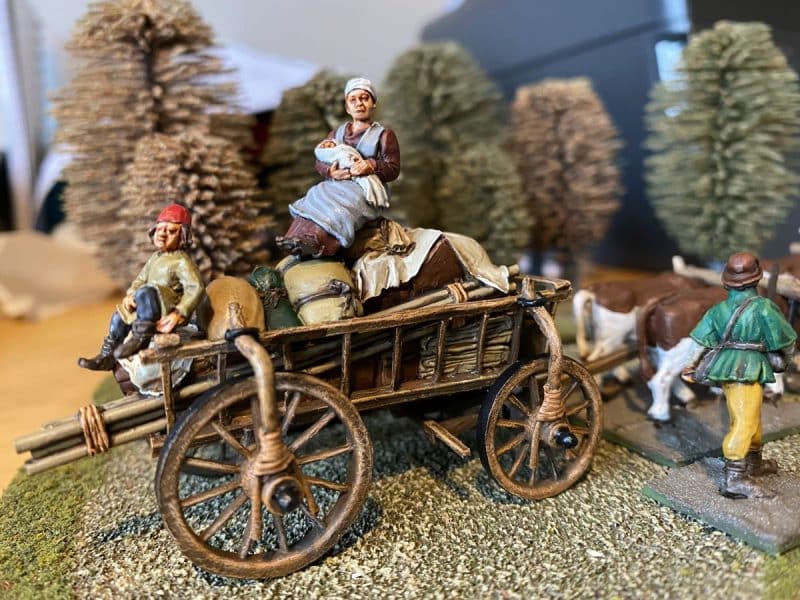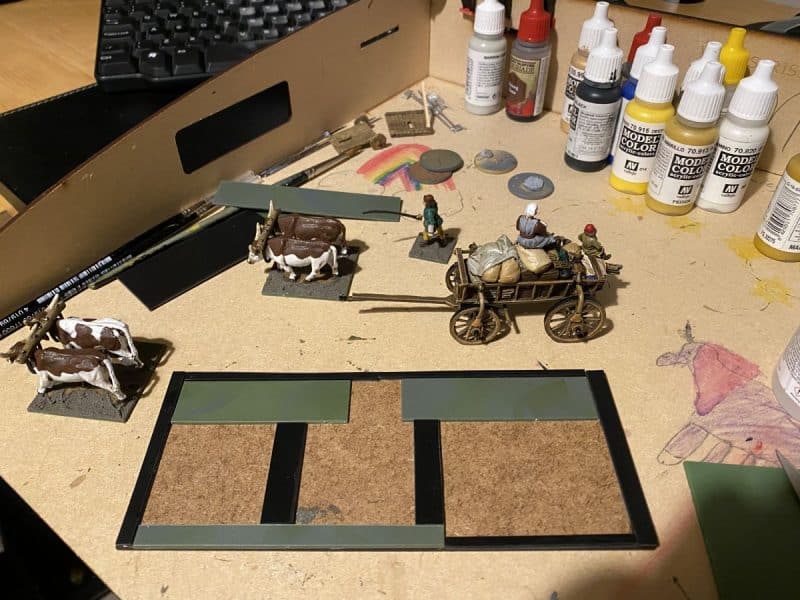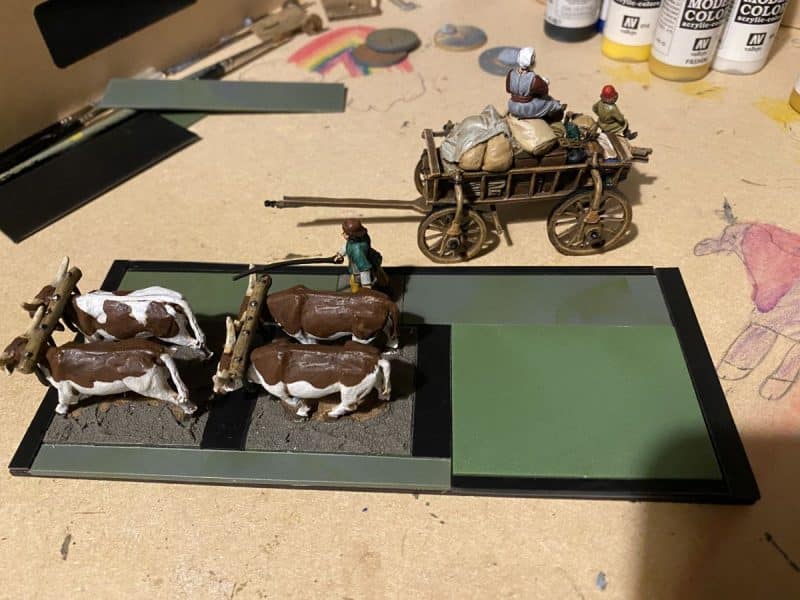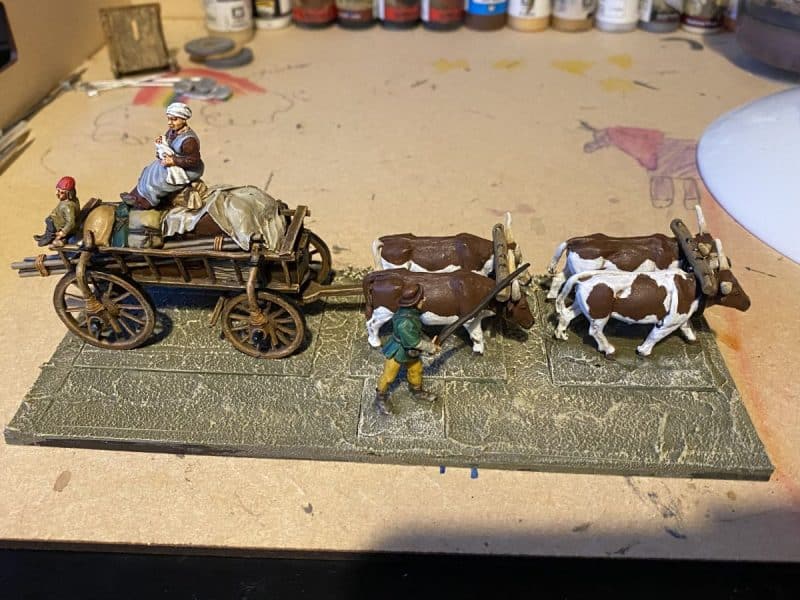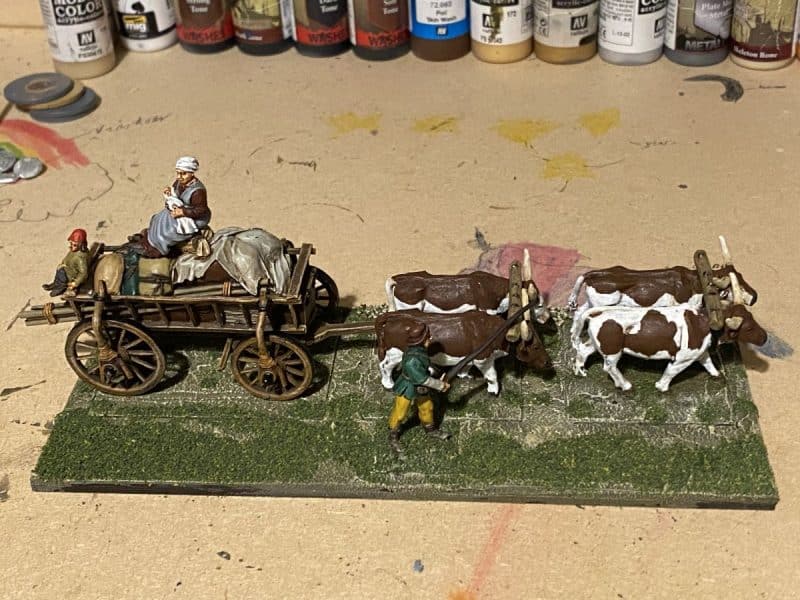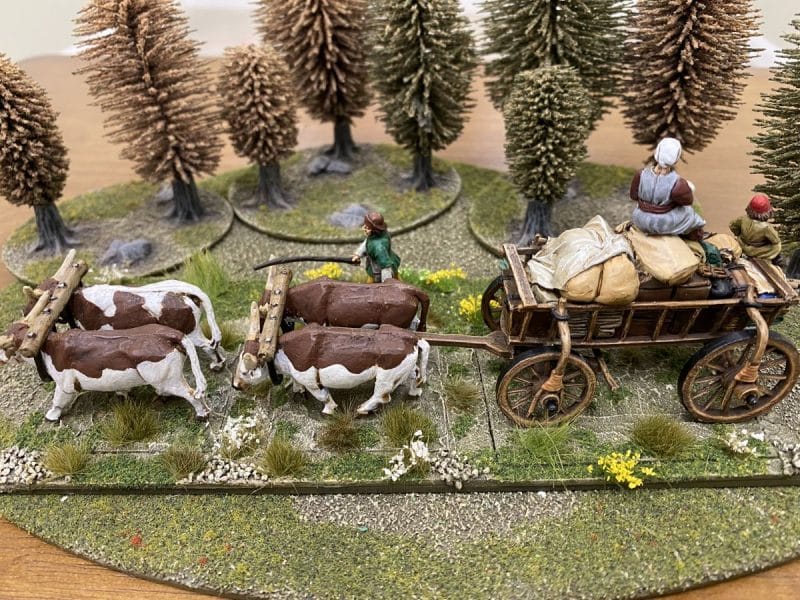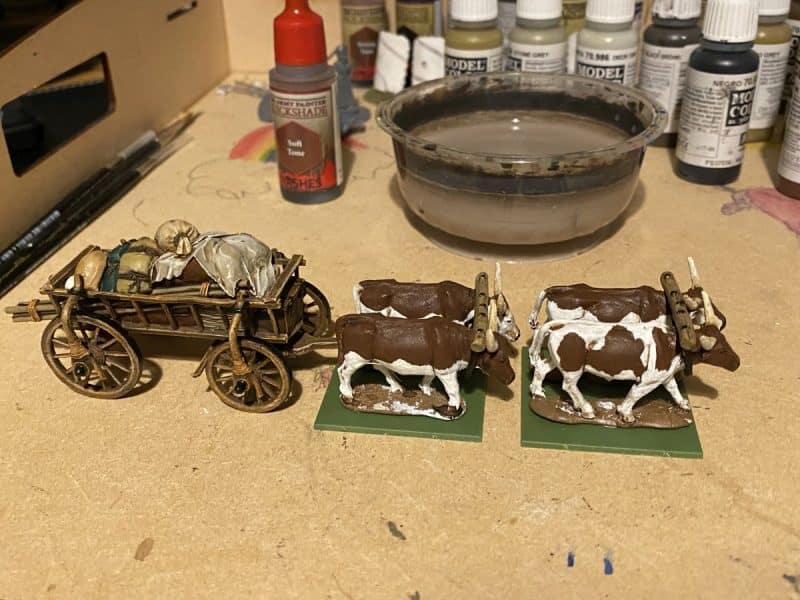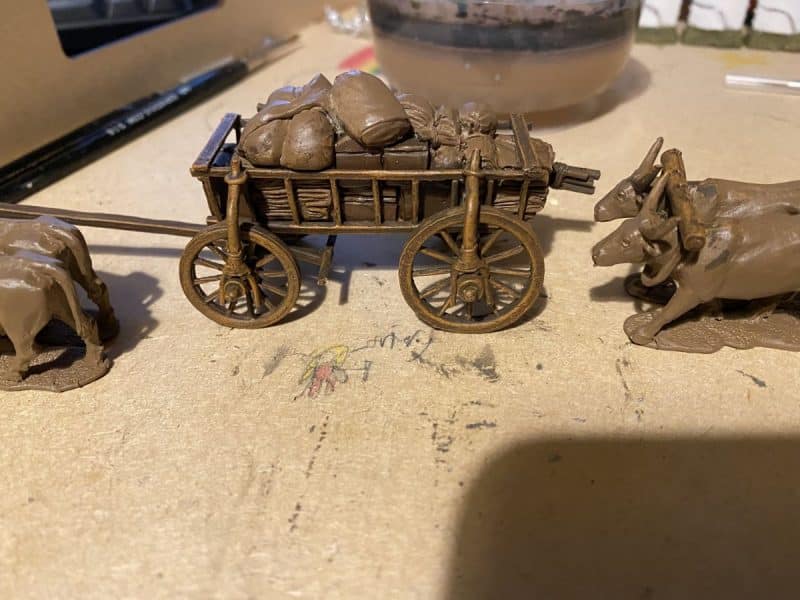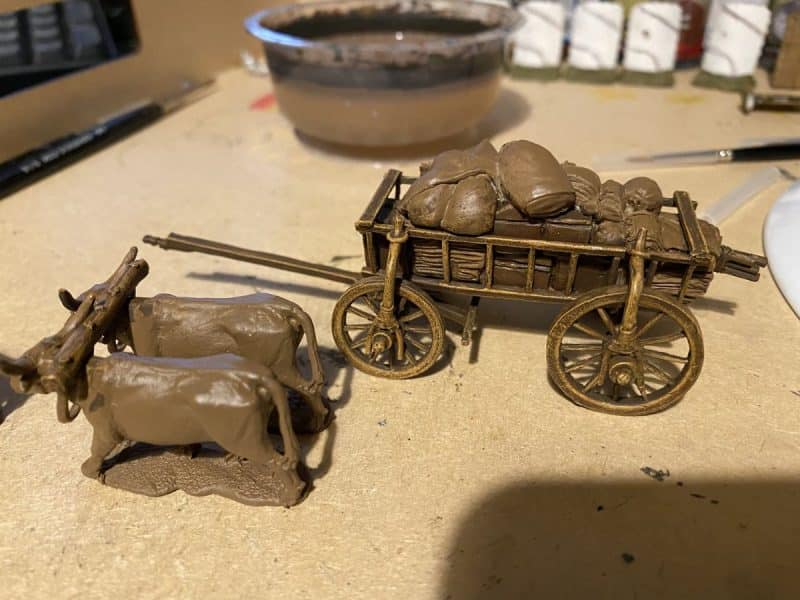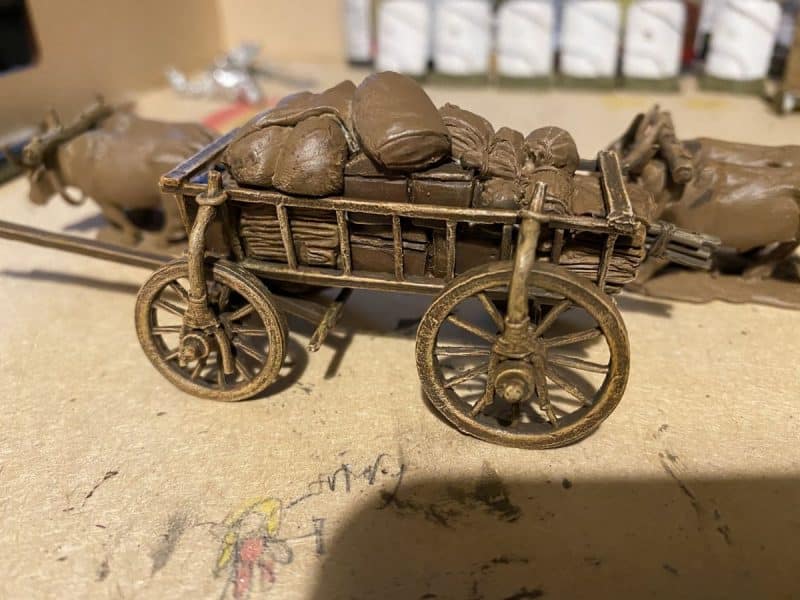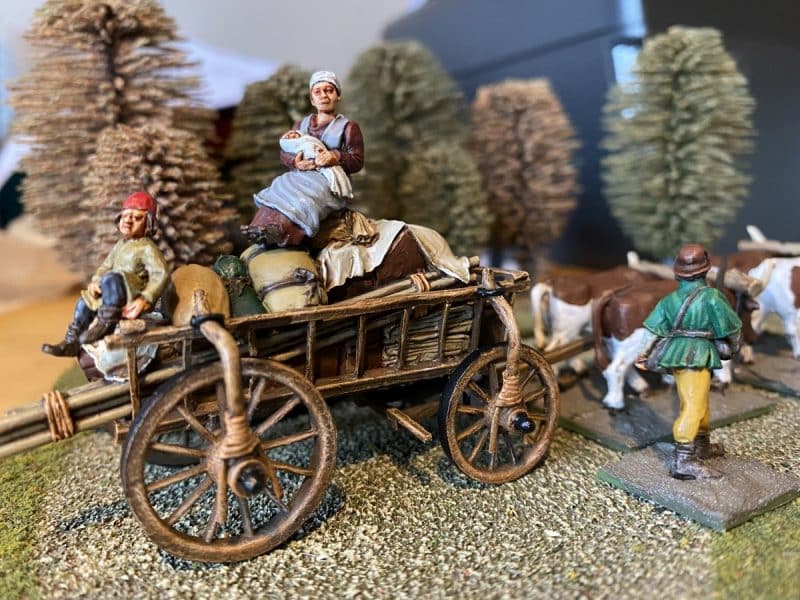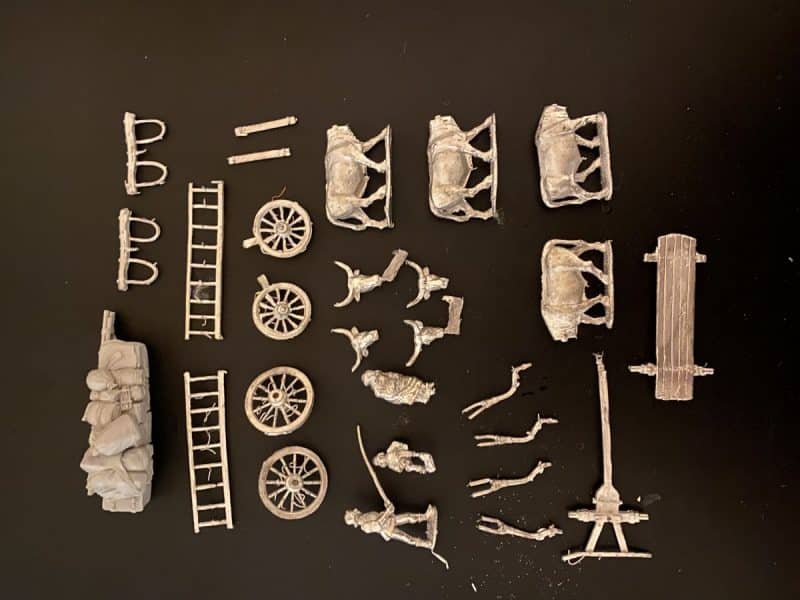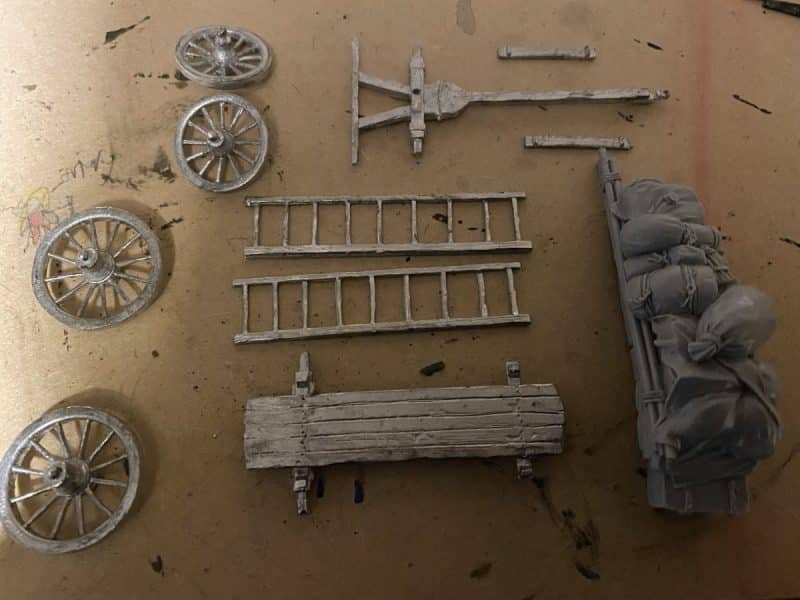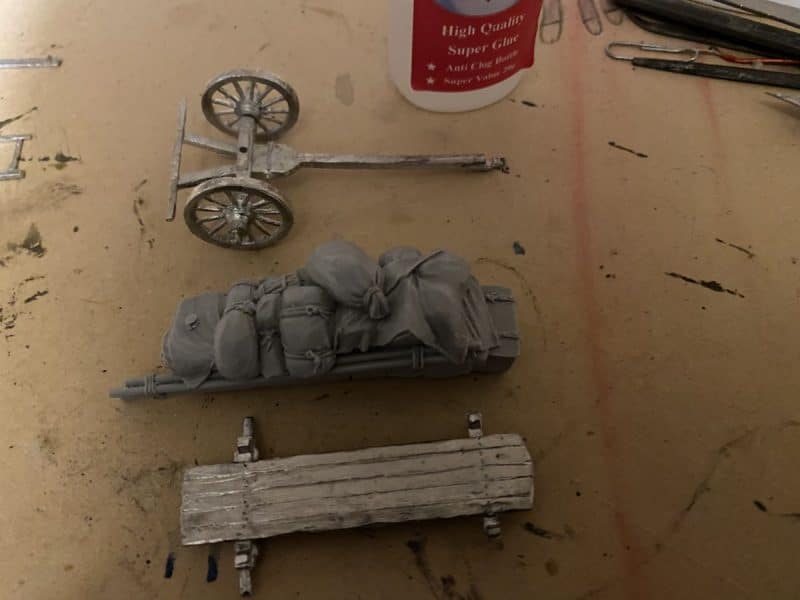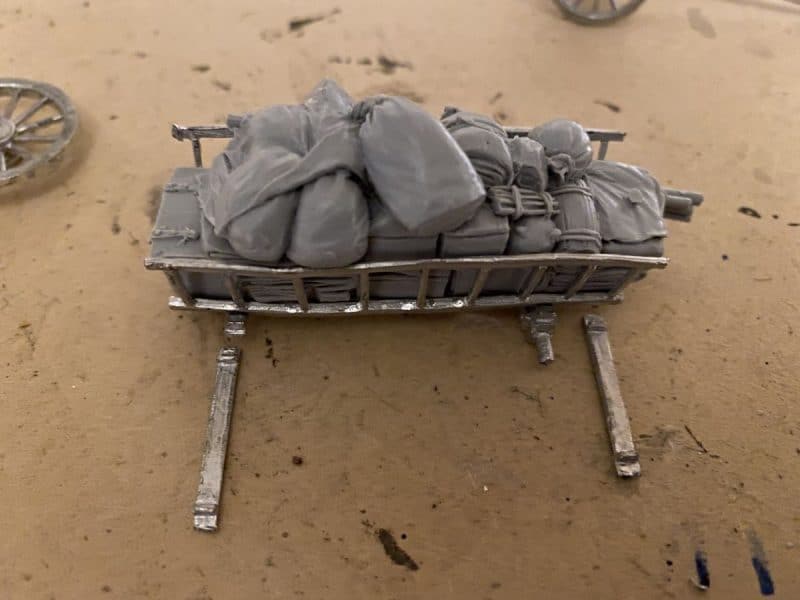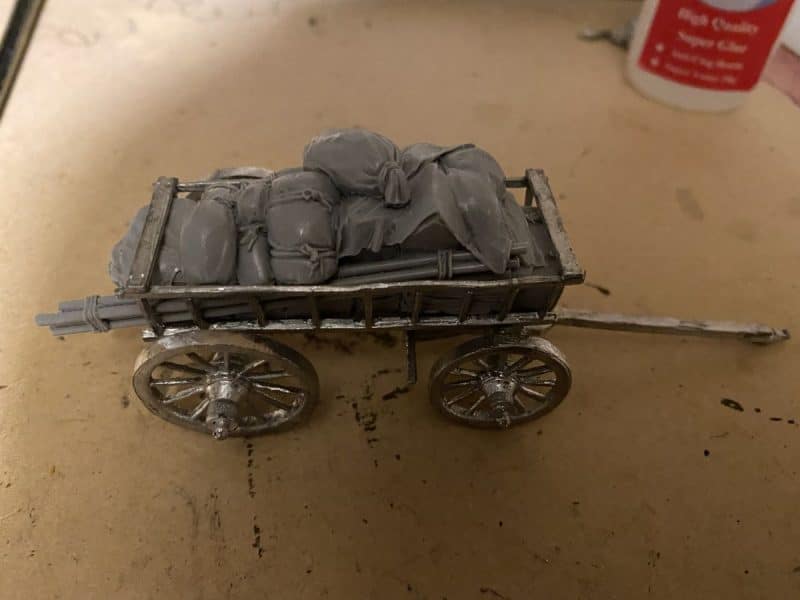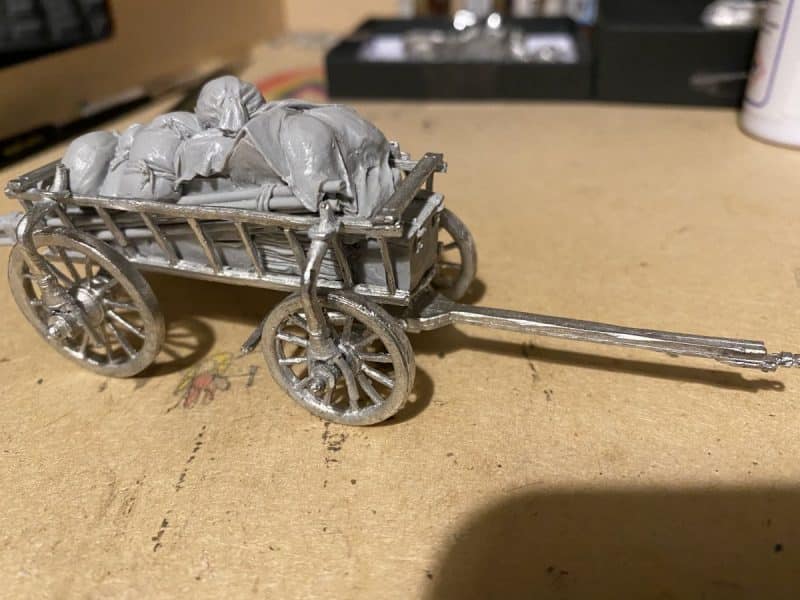Well it’s a good title for a crime thriller but a bit misleading for my blog. However, there is a bit of a minor mystery to be solved and any help from the wargaming community would be welcome. My Brother, Pete, lives on the Isle of Wight and has a couple of allotments just down the road from Carisbrooke Castle. The google earth picture below shows the position of the allotments in relationship to the castle. The distance is about half a mile ‘as the crow flies’.

The Castle is in the bottom left quarter of the picture. The allotments are marked with a blue flag in the top right quarter, just above the Southern Housing group.

Whilst digging on the allotments he has found a number of what we presume are cannon balls or gun stones of various sizes. The most commonly found size were the larger of the two in the picture – these have also been dug up on adjoining allotments.
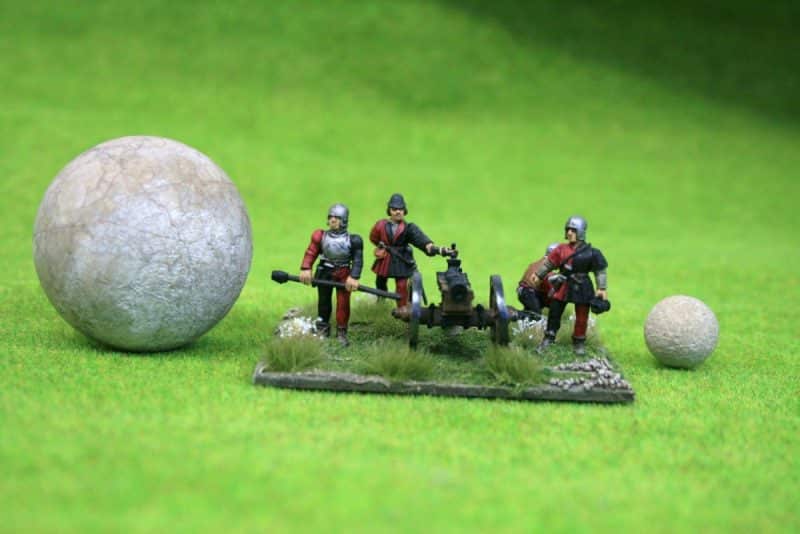
It looks as though the ball has been fired as there is a noticeable roughness on one side, compared to the almost perfect sphere of the rest of the ball.

So the question is what are they? There are some clues and our casual research has revealed that the last action near to the castle was the siege of 1377 when the French besieged the castle. According to local legend, an archer, Peter de Heynoe, shot and killed the French comander with a single shot from his bow. I think that it is unlikely that these cannon shot date from that period though.
A more likely explanation is that George Carey, persuaded Queen Elizabeth 1 and the local citizens to pay for the creation of a modern artillery emplacement at Carisbrooke that was completed in 1602. The concern was that the Spanish would attempt some sort of landing or invasion Although never required in anger, it seems likely that some test firing would have been made.
As well as the cannon balls or gun stones, a number of fragments of clay pipes, including intact bowls have been recovered on the allotments. These look to be 17th century – unfortunately , I do not have pictures.
Finally, the allotments are sited on the position of an old quarry. Is it possible that the stones were being produced here for use else where? It could be that this was an old storage area. However, the indication that the stones have been fired, seems to make storage not quite so likely.
If you do have any information, please contact me through the Arcane Scenery shop page. Unfortunately, I have had to turn comments off on the blog due to the high number of spam message etc.
THE COMMERCIAL BIT
I hope that you all enjoy your hobby as much as I do – remember that our web site will have much of what you need! Click here to see our shop:
The contact details are here:
Happy Modelling!

